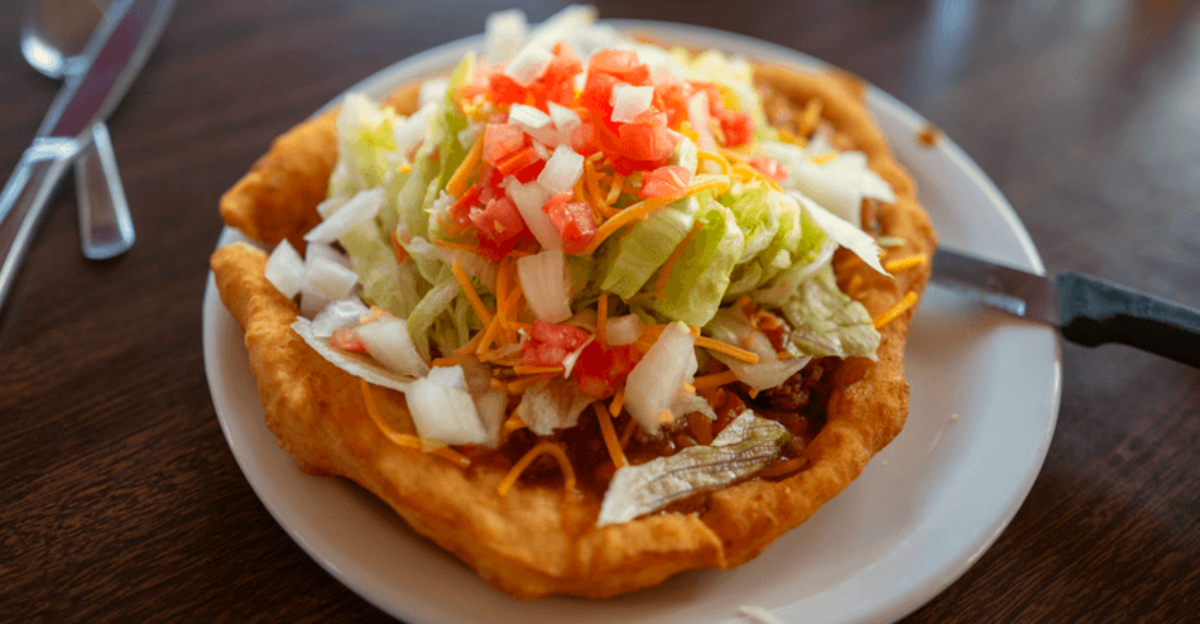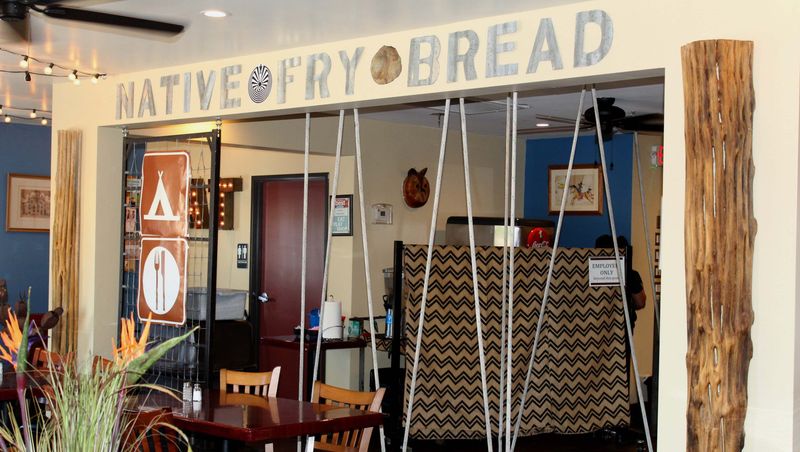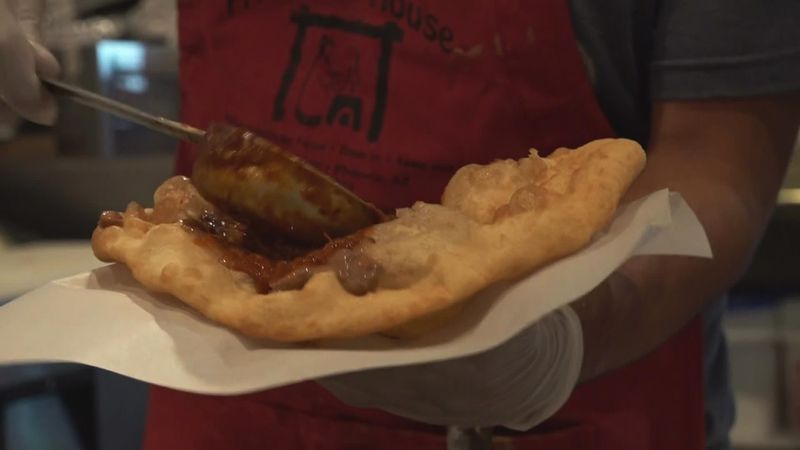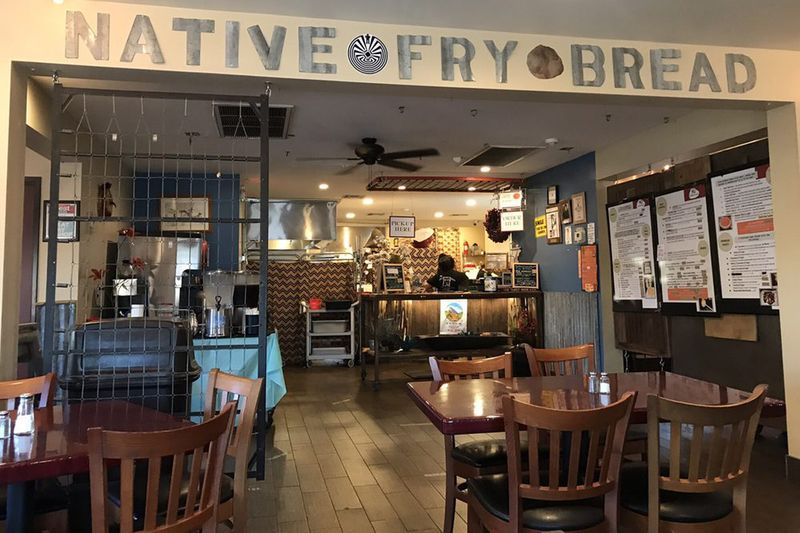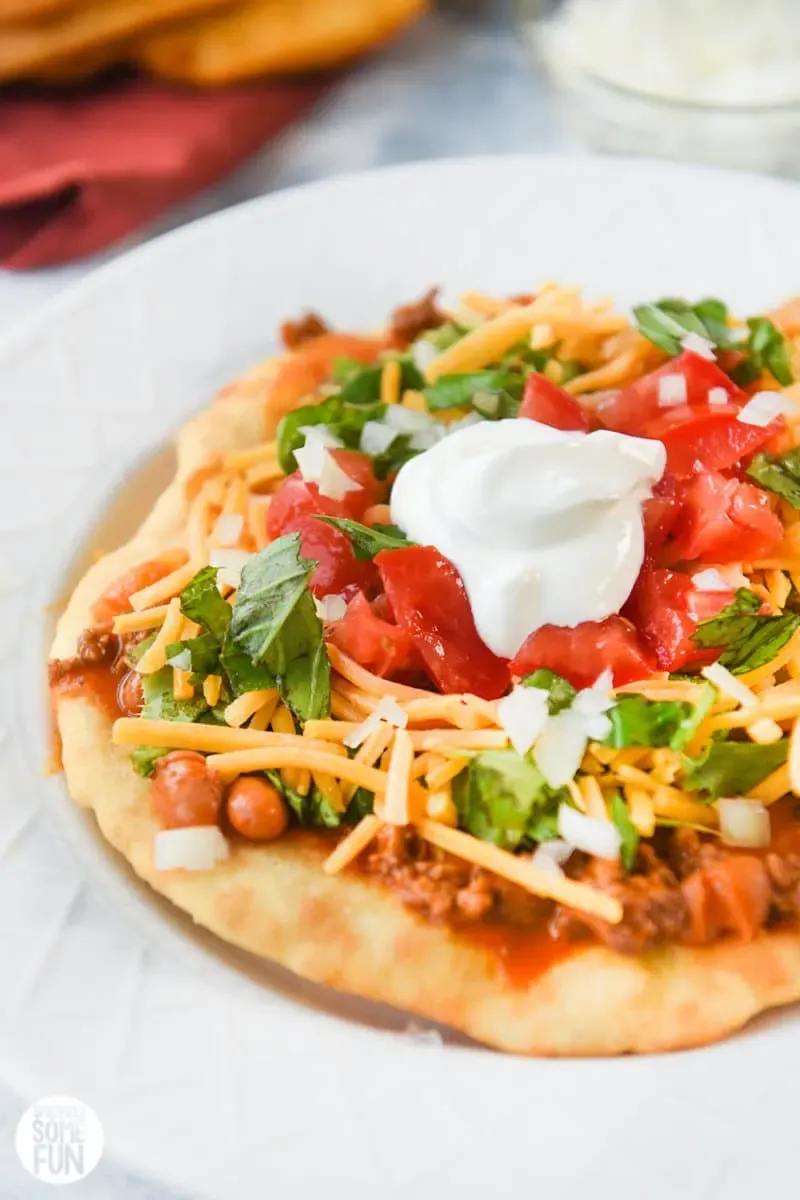Tucked into a Phoenix neighborhood sits a small restaurant with a big story: Fry Bread House. This beloved eatery serves up golden, crispy fry bread that’s more than just delicious—it’s a taste of Indigenous history, resilience, and culture. Whether you’re a local or just passing through Arizona, stepping into Fry Bread House means experiencing food that carries generations of tradition and meaning in every warm, fluffy bite.
Origins Rooted in Heritage and Community
Back in 1992, Cecelia Miller, a proud member of the Tohono O’odham Nation, opened a tiny one-room restaurant in Phoenix with a powerful mission. She hired an entirely Native American staff and put fry bread—a dish deeply connected to Indigenous experience—front and center on the menu. What started small quickly became a gathering place for community and conversation.
Fry bread’s story is complicated: born from government rations given during forced relocations, it represents both survival and hardship. Miller didn’t ignore that painful past. Instead, Fry Bread House honors the full story—treating fry bread as symbol, tradition, treat, and reminder all at once, inviting every guest to reflect on its layered meanings.
The Signature Dish: Light, Crispy, Substantive
Imagine biting into something warm, pillowy, and perfectly crisp all at the same time—that’s fry bread. Made from simple ingredients like white flour, baking powder, salt, and shortening, the dough gets fried until it puffs into a golden disc with bubbles and char marks. The result? A base that’s both hearty and light.
Fry Bread House serves it two ways: savory Indian tacos piled high with chorizo, lettuce, and cheese, or sweet versions dusted with butter, sugar, and chocolate. Regulars describe each bite as “like a hug on a plate.” That balance—everyday comfort meets something special—is why people keep coming back, meal after meal.
Food as Cultural Conversation
Not everyone agrees on what fry bread represents. Some Native people see it as a symbol of perseverance and creativity born from hardship. Others view it as a reminder of colonial violence, forced assimilation, and ongoing health struggles tied to government-issued rations. Fry Bread House doesn’t dodge this debate—it leans into it.
The menu and atmosphere acknowledge fry bread’s complex entry into Indigenous diets. Yet the restaurant reframes the narrative around resilience and reclamation. By serving fry bread with pride and context, it becomes more than lunch. It transforms into a space where memory, identity, and culture meet on every plate, sparking important conversations with every order.
Recognition and Its Place in the Food World
Years after opening its doors, Fry Bread House earned one of the food world’s highest honors: the James Beard Foundation America’s Classics Award. This prestigious recognition celebrates restaurants that capture regional character and timeless appeal. For a small, one-room Phoenix eatery, it was a monumental achievement that put Indigenous cuisine on the national map.
The award brought new attention, drawing foodies, travelers, and culinary enthusiasts from everywhere. Yet regulars—many of them Native community members—never stopped coming. Today, the dining room buzzes with diverse voices and backgrounds, all united by curiosity and respect. Fry Bread House proves that authentic, story-rich food transcends trends and speaks to everyone willing to listen.
Visiting Today: Practicalities and Atmosphere
You’ll find Fry Bread House at 4545 N 7th Avenue in Phoenix, Arizona. The space hasn’t changed much since its early days: one cozy room, communal tables, and the unmistakable aroma of frying dough filling the air. Grease-paper wrappers and the sizzle from the kitchen create an unpretentious, welcoming vibe that feels refreshingly real.
Expect a lunchtime rush—this place is popular, so patience pays off. Prices stay modest; a filling Indian taco, side, and drink typically run under ten dollars. But you’re getting way more than a meal. You’re stepping into a living piece of heritage, where every bite connects you to history, community, and the ongoing story of Indigenous resilience.
Sweet Versus Savory: Two Sides of One Tradition
Can’t decide between lunch and dessert? At Fry Bread House, you don’t have to choose—you can enjoy both styles of fry bread in one visit. Savory lovers go wild for the Indian tacos: warm fry bread folded around seasoned chorizo, beans, fresh lettuce, tomatoes, and melted cheese. Each bite delivers satisfying, hearty flavors with a hint of spice.
On the flip side, sweet-toothed guests order fry bread topped with butter, cinnamon sugar, honey, or rich chocolate. It’s dessert that feels like childhood and celebration rolled into one. Both versions honor the same dough and cooking method, showing how one simple base can transform into totally different experiences depending on what you pile on top.
A Menu That Honors Simplicity and Substance
Walk up to the counter and you’ll notice something refreshing: the menu is short, focused, and clear. Fry Bread House doesn’t try to do everything—it does one thing exceptionally well. Indian tacos come with your choice of protein, beans, and toppings, while dessert options let you customize sweetness levels to your liking.
There’s beauty in that simplicity. Instead of overwhelming diners with endless choices, the restaurant invites you to savor quality over quantity. Each dish gets the care and attention it deserves, prepared fresh throughout the day. This approach keeps the kitchen efficient, the flavors consistent, and the focus exactly where it belongs: on honoring fry bread’s legacy through every perfectly fried piece.
Why It Matters Beyond the Meal
Fry Bread House isn’t just a restaurant—it’s a bridge. It connects Indigenous culture with the wider Phoenix community, offering a taste of history that textbooks often overlook. For Native diners, it’s a place of pride and recognition. For others, it’s an education served on a plate, sparking curiosity and deeper understanding about Indigenous foodways and resilience.
Every meal here supports Native-owned business and keeps cultural traditions alive in a modern, accessible way. The restaurant proves that food can be both delicious and meaningful, that a simple fried dough can carry stories of survival, adaptation, and hope. Visiting Fry Bread House means participating in something bigger than lunch—it means honoring a living culture with every warm, crispy bite.
